Expanding urban space, rebuilding key economic zones
The provinces and cities in the Southeast region, including Ho Chi Minh City, Binh Duong, Dong Nai, Ba Ria - Vung Tau, Tay Ninh, Binh Phuoc and Binh Thuan, have long been the economic locomotives of the country. After many years of rapid growth, limitations in infrastructure, institutions, regional connectivity and urban spatial distribution are increasingly evident, becoming barriers to breakthroughs.
In that context, the Southeast Regional Planning for the 2021-2030 period, with a vision to 2050 (according to Decision No. 370/QD-TTg dated May 4, 2024) is expected to rebuild the development space, elevating the Southern key economic region to become a new growth pole of the Southeast Asian region.
Speaking at the Conference to announce the Planning, Prime Minister Pham Minh Chinh emphasized: "This regional planning must be based on a long-term vision, breakthrough thinking and international vision, in order to create a harmonious, sustainable and globally competitive development space."
 |
Prime Minister Pham Minh Chinh chaired the 5th Conference of the Southeast Regional Coordination Council (December 2, 2024). |
One of the breakthrough orientations is the planned merger of administrative units to form economic and urban entities with global scale and competitiveness. Specifically, it is proposed to expand Ho Chi Minh City by merging Binh Duong, Ba Ria - Vung Tau provinces and Nhon Trach district (Dong Nai), and at the same time merging Binh Phuoc province into Dong Nai to form a dynamic area for industrial, agricultural, commercial and logistics development, linked to the economic corridor of the Central Highlands and Cambodia.
In addition, according to expert analysis, the merger between Dong Nai and Binh Phuoc may take place, while the development axis of Dak Nong - Lam Dong - Binh Thuan is also being considered. This plan not only helps Dak Nong have access to the sea, but also has strategic significance in terms of connecting and expanding development opportunities for the Southern Central Highlands region.
Associate Professor Dr. Vo Tri Hao - Arbitrator of the Vietnam International Arbitration Center (VIAC) assessed: The formation of a new locality from Dak Nong, Lam Dong and Binh Thuan can create a significant connection advantage, opening up a multi-dimensional development space from the inland to the sea.
The expansion of administrative boundaries is not only a geographical problem, but also a strategy for comprehensive spatial restructuring, aiming to form multi-center, multi-functional megacities. The expanded Ho Chi Minh City can reach a population of more than 20 million people, an area of over 8,000 km², playing the role of an international financial, technological, and service center comparable to cities such as Bangkok, Singapore, and Kuala Lumpur. Meanwhile, the new Dong Nai region (including Binh Phuoc) will become the center of industry, green agriculture, logistics, and human resource training for the entire region.
This is not only a breakthrough decision in spatial management, but also a lever to coordinate inter-regional development policies, reduce planning overlap, optimize investment resources and promote the formation of complete value chains, from production, processing, logistics to export. The Ho Chi Minh City - Binh Duong - Dong Nai - Ba Ria - Vung Tau economic corridor is expected to become the largest economic driving force in the country, directly connecting to the system of seaports, airports, roads, railways and international waterways.
Regional connectivity - Digital transformation - Green urban areas: Three strategic pillars
In addition to spatial structure, the plan identifies three key pillars for sustainable development, including: strengthening regional connectivity, comprehensive digital transformation, and urban development in the direction of green, smart, and adaptive.
 |
The Southeast cluster is expected to become the largest economic driving force in the country with industries ranging from manufacturing, processing, high technology, logistics to export. |
Regional connectivity has been raised to an urgent institutional and practical requirement. The establishment of the Southeast Regional Coordination Board has the role of strategic orientation, regulation and allocation of development resources, and is an important solution to eliminate the situation of "everyone doing their own thing". This is even more meaningful when the region is simultaneously implementing key infrastructure projects such as: Long Thanh International Airport, Ho Chi Minh City Ring Road 3 and 4, Bien Hoa - Vung Tau Expressway, Ho Chi Minh City - Moc Bai and logistics centers connecting seaports and airports.
Digital transformation is identified as the core growth driver in the new era. Ho Chi Minh City and Binh Duong have pioneered the construction of smart cities, digital government, and interconnected data systems; while other localities are actively developing digital platforms for agriculture, trade, and public services. In the near future, the Southeast will become the leading region in the country in digital economy, artificial intelligence (AI), big data, and smart governance platforms.
In addition, green and smart urbanization is becoming an inevitable trend. Instead of spreading out development, planning is aimed at building satellite cities, industrial and high-tech cities, ecological urban areas along rivers and coasts, reducing pressure on Ho Chi Minh City's inner city. At the same time, policies on developing renewable energy, public transport, reducing greenhouse gas emissions and protecting the environment will be implemented synchronously to increase urban resilience to climate change.
Integrated planning, inter-regional consensus
Overall, the Southeast Regional Planning is not simply a matter of connecting geographical space, but a comprehensive strategy for restructuring the development structure, governance model and inter-regional investment coordination mechanism. The goal is to turn the region into a pioneering center of innovation, high-tech manufacturing, logistics, finance and services in Southeast Asia.
 |
Dong Nai is actively speeding up the progress of site clearance for the Bien Hoa - Vung Tau expressway, a key traffic project connecting the Southeast region. |
One of the key contents of the planning is the orientation of the development of the logistics industry associated with the regional infrastructure network. Localities are researching and coordinating to develop the Project on developing the logistics industry in the Southeast region for the period 2021 - 2030, with a vision to 2050, in line with key traffic routes, seaports, airports and raw material production and export areas.
At the inter-regional working session jointly organized by the State Steering Committee for Planning in 2024, Chairman of the Ho Chi Minh City People's Committee Phan Van Mai affirmed that strengthening the connection between localities in the Southeast region is an urgent requirement in the current development context. He emphasized: "Strategic infrastructure projects, especially Ring Road 4, need to urgently complete the dossier to submit to competent authorities for approval for early implementation in the field. For ongoing projects such as Bien Hoa - Vung Tau Expressway or Ring Road 3, Ho Chi Minh City requests localities to coordinate closely to speed up progress and complete on schedule."
Chairman Phan Van Mai also said: “The Ring Road 4 project will be submitted to the National Assembly for investment policy at the mid-2025 session. For international connecting expressways, Ho Chi Minh City will strive to start construction of the Ho Chi Minh City - Moc Bai expressway this year, ensuring synchronization with the expressways on the Cambodian side.”
These instructions were disseminated and concretized at the Conference on promoting the implementation of transport infrastructure projects in the Southeast region, organized by the Ministry of Construction in coordination with localities in August 2024 in Dong Nai province. Here, many localities in the region demonstrated high political commitment to speeding up site clearance, coordinating planning adjustments and preparing resources for inter-regional belt and expressway projects.
The consensus on policies and actions among provinces and cities has been clearly demonstrated through the statements of local leaders. Mr. Vo Van Minh - Chairman of Binh Duong Provincial People's Committee shared: "We fully support the policy of expanding the space of the central urban area. Coordinating planning, infrastructure investment, and smart urban development will help Binh Duong maximize its available potential and accompany Ho Chi Minh City to become the new growth nucleus of the region".
Dong Nai province leaders also said that the province is proactively reviewing plans for regional spatial development, including the possibility of studying and proposing long-term administrative and economic connections between Nhon Trach district and Ho Chi Minh City. This is considered a direction in line with the goal of developing interconnected spaces in the central urban area, multi-dimensional connections between growth poles.
These opinions and commitments show a clear consensus between the Central and local governments in realizing Plan 370/QD-TTg, which is not only a long-term vision, but is being concretized through strategic actions, coordinated institutions and inter-regional implementation commitments, towards a modern, integrated and regionally-reaching Southeast region.
On May 4, 2024, the Prime Minister signed Decision No. 370/QD-TTg approving the Southeast Regional Planning for the 2021-2030 period, with a vision to 2050. The planning aims to turn the Southeast into a dynamic and sustainable development region, a leading center of knowledge economy, finance, high-tech industry, logistics and innovation in Southeast Asia. If implemented effectively, the region will not only play the role of a national economic locomotive, but also become a strategic growth pole of the Asia-Pacific region.
(To be continued)
Source: https://baophapluat.vn/quy-hoach-vung-dong-nam-bo-tam-nhin-2050-bai-1-dinh-hinh-vi-the-vung-dong-nam-bo-tren-ban-do-kinh-te-dong-nam-a-va-the-gioi-post545309.html










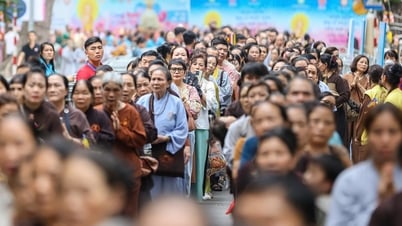


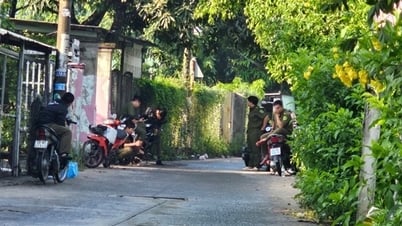





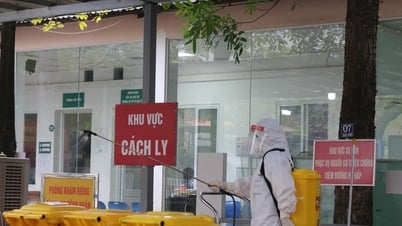
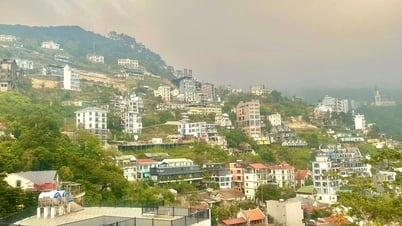




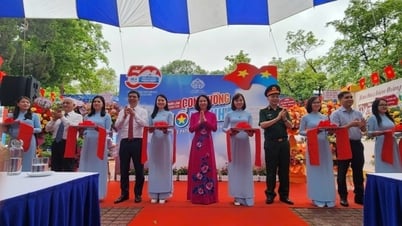

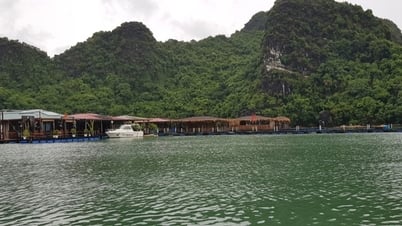











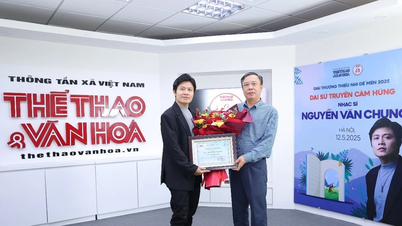



















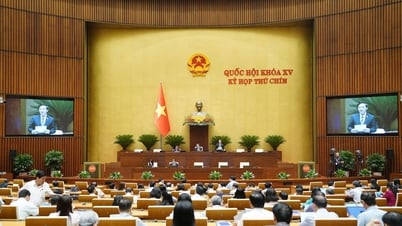







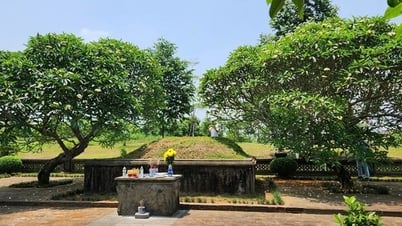


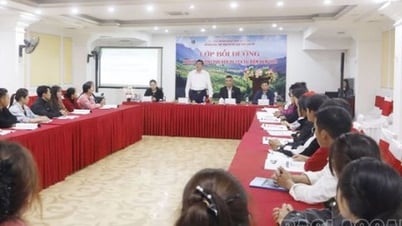
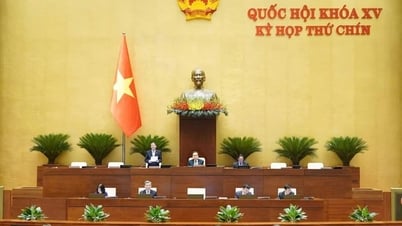






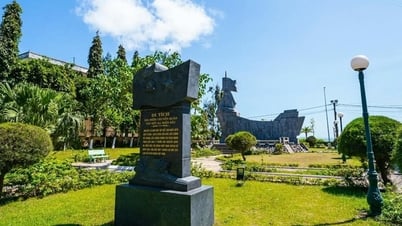

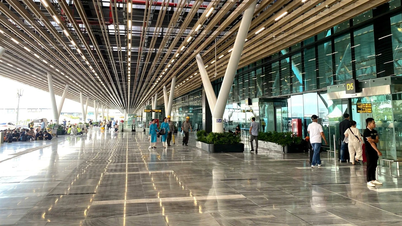
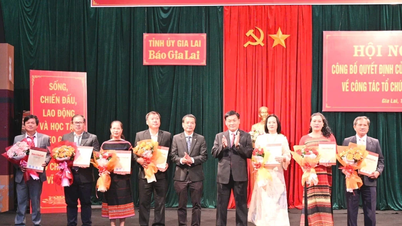



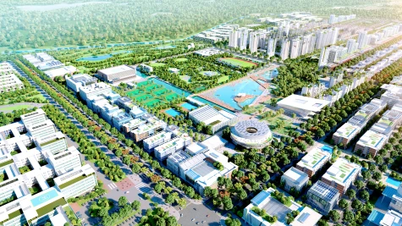






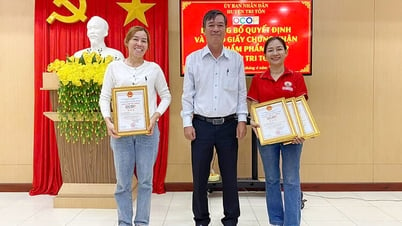


Comment (0)